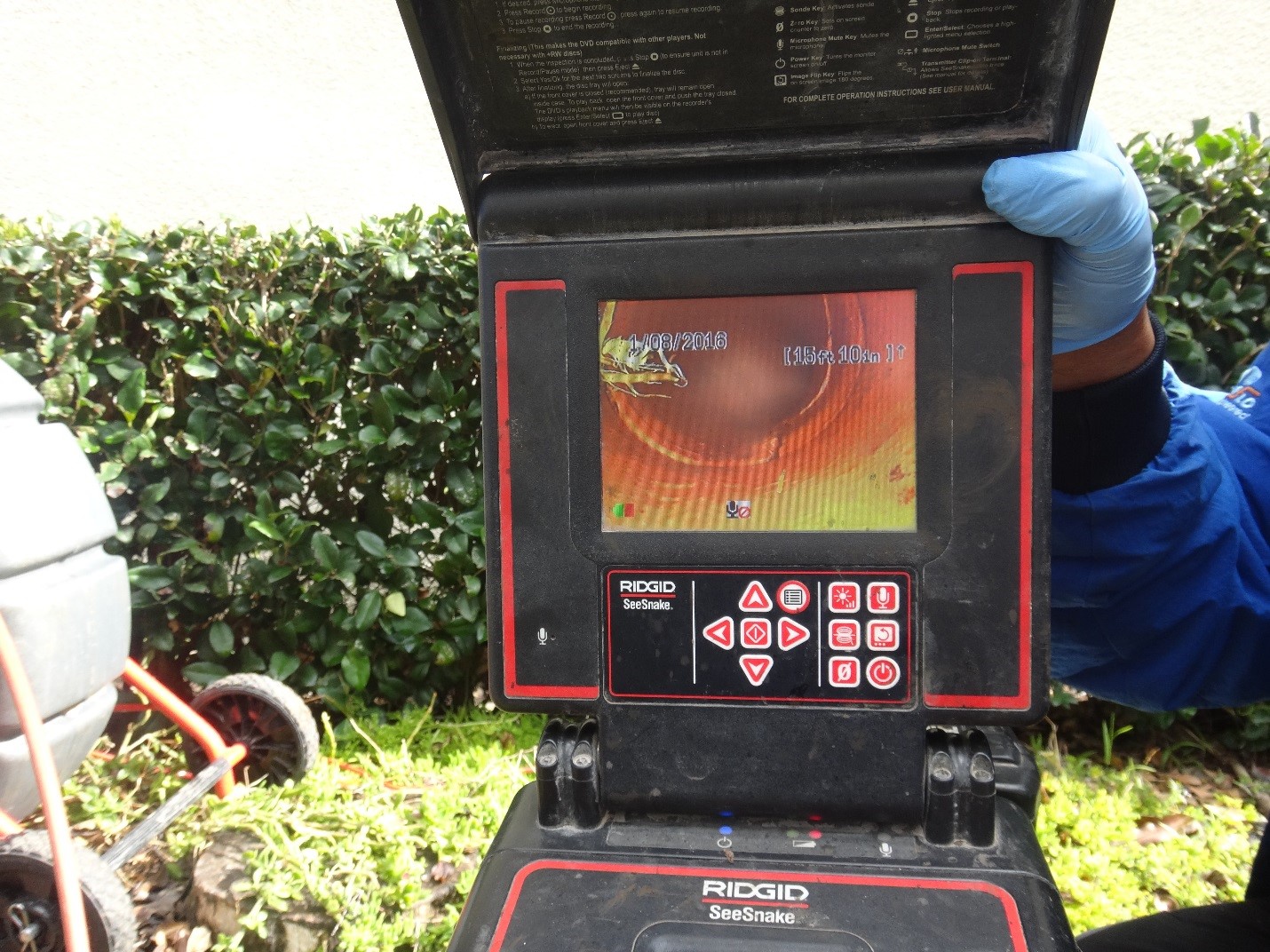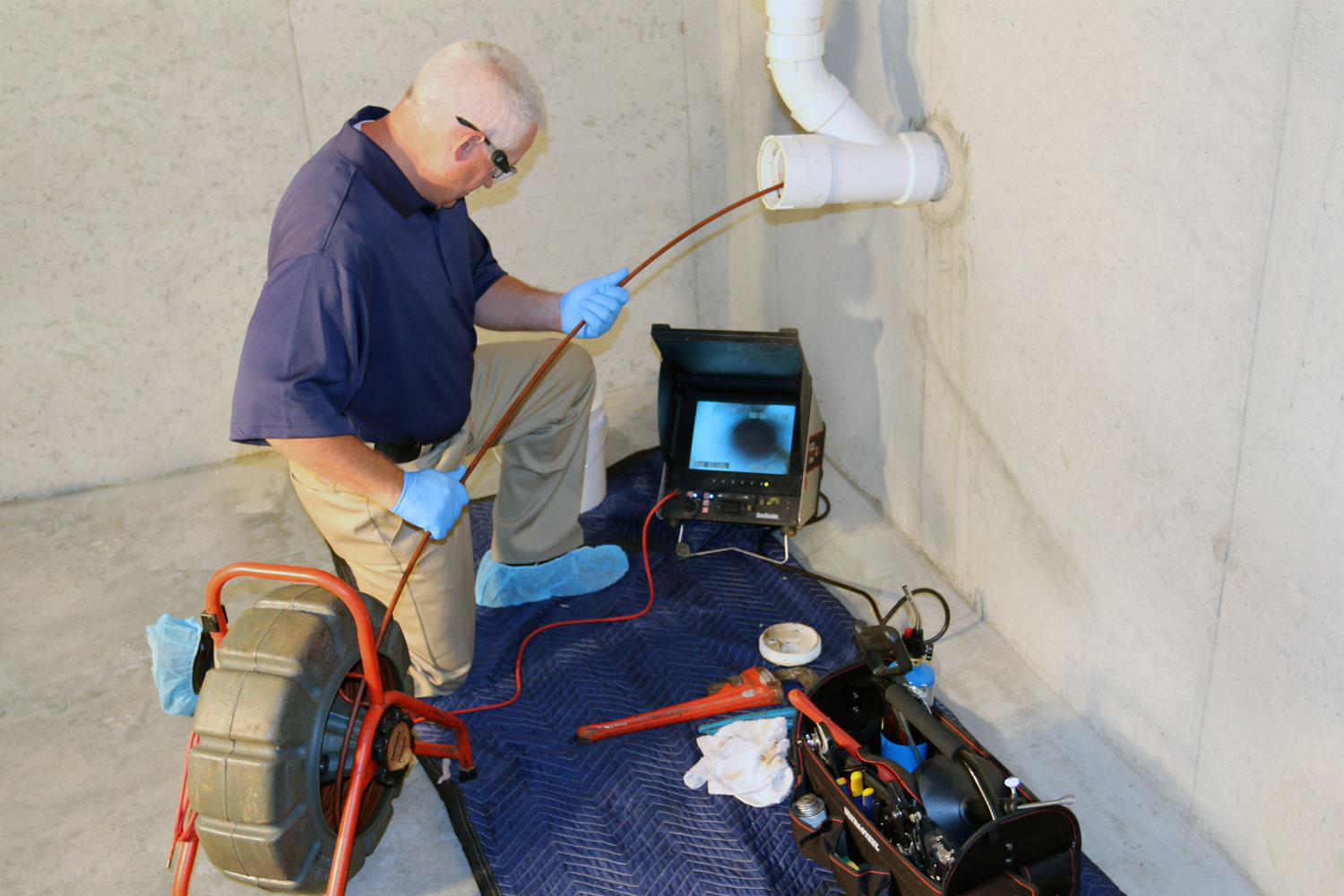Comprehending the Process of Sewer Line Inspection CT: A Step-by-Step Guide.
Wiki Article
Typical Sewage System Line Problems and Their Solutions: A Homeowner's Handbook

Tree Root Intrusions
Tree root breaches are a significant and common issue influencing drain lines. As trees grow, their origins naturally look for out resources of water and nutrients. Drain pipes, specifically older ones constructed from clay or other porous materials, offer an eye-catching target. Gradually, roots can penetrate tiny cracks or joints in the pipelines, causing clogs and at some point causing considerable damage. This invasion can cause slow drainage, sewer backups, and also full pipeline failure if left unaddressed.Normal examinations making use of video electronic camera technology can determine origin visibility prior to it becomes a severe issue. For a much more irreversible solution, chemical root killers can be applied to inhibit additional development within the pipes. In serious situations, pipeline relining or substitute might be essential to restore the integrity of the drain line.
Applying safety nets, such as planting trees away from sewer lines and using root barriers, can decrease the threat of future intrusions, thereby securing the capability of your drain system.
Pipeline Corrosion
Rust in drain pipes is a prevalent issue that can significantly jeopardize the integrity and capability of a drain system. Generally occurring in steel pipelines, such as cast iron or galvanized steel, rust arise from long term direct exposure to wetness, chemicals, and other corrosive representatives located in wastewater. Gradually, this procedure deteriorates the pipe walls, leading to leaks, breaks, and ultimately, pipeline failure.The main types of pipe corrosion consist of uniform rust, where the entire surface of the pipe rusts equally, and local corrosion, such as pitting or crevice rust, which influence specific areas of the pipe. Identifying the early signs of rust, such as stained water or uncommon odors, is vital for timely treatment.
Stopping pipeline corrosion includes normal maintenance and assessments. Using safety coatings, using corrosion-resistant products like PVC or polyethylene, and installing cathodic protection systems can substantially prolong the lifespan of drain pipelines. In instances where corrosion is already considerable, trenchless pipe recovery techniques, such as pipe cellular lining or pipe bursting, deal efficient solutions without the requirement for considerable excavation. Eventually, positive monitoring and prompt repair work are vital to mitigate the harmful results of pipeline corrosion on sewer systems.
Clogs and Obstructions
Clogs and clogs are among the most common and disruptive concerns influencing drain lines. These blockages can occur from a range of sources, consisting of the buildup of particles such as food, hair, and grease fragments, as well as the intrusion of tree roots seeking wetness. Gradually, these products accumulate, tightening the pipeline and ultimately leading to finish clogs that can trigger wastewater to back up into homes.Safety nets are essential for minimizing the danger of blockages. Normal upkeep, such as periodic hydro-jetting and using enzyme-based cleansers, can assist keep pipes clear of particles. Property owners Bonuses need to likewise bear in mind what they deal with down their drains pipes; preventing grease, coffee premises, and fibrous vegetables can considerably reduce the chance of blockages.
When blockages do happen, expert intervention is often called for. Plumbing professionals may employ a selection of tools, such as augers (additionally known as drainpipe snakes) and high-pressure water jets, to separate and get rid of the obstruction. In a lot more severe situations, video clip assessment devices can be made use of to diagnose the problem and find, ensuring that the appropriate solution is used effectively. Prompt treatments and regular evaluations can assist maintain the honesty and functionality of sewage system lines.
Leaking Drain Lines
Beyond clogs and obstructions, leaking drain lines present a considerable problem for property owners and communities alike. These leakages can result from various elements, consisting of pipeline corrosion, changing dirt, invasive tree origins, and use and tear with time. Left unaddressed, leaking sewer lines can create considerable home damage, advertise mold development, and position serious health risks because of the contamination of groundwater and soil.
Repair techniques depend on the seriousness of the leakage and the condition of the sewage system line. Small leakages might be solved with trenchless repair methods, such as pipe lining or pipeline bursting, which are much less intrusive and quicker to complete.
Drain Line Bellies
When it comes to drain line issues, one particularly tough issue is the development of sewer line stomaches. A sewer line tummy happens when an area of the pipe sags or dips, producing a reduced spot where waste and particles can gather. This can lead to slow down water drainage, persisting clogs, and prospective damages to the pipeline in time.The sources of drain line stubborn bellies are varied. Poor installment methods, soil disintegration, ground settling, or shifts as a result of temperature level changes can all add to the development of these droops - sewer line inspection ct. Recognizing a sewage system line stubborn belly generally requires a specialist assessment making use of a sewer video camera to pinpoint the exact location and level of the trouble
Dealing with a drain line stomach commonly includes excavation to look at this website reach the damaged pipe section. When accessed, the sagging section may require to be changed or repositioned to guarantee proper incline and water drainage. Sometimes, trenchless repair techniques, such as pipe lining or pipeline bursting, can be employed to decrease interruption while settling the concern.
Preventative measures, including routine assessments and guaranteeing proper setup, can aid reduce the risk of drain line stubborn bellies. Homeowners ought to remain alert for indicators of drainage problems and seek expert assistance at the initial sign of problem.
Verdict
Finally, addressing usual drain line troubles such as tree root intrusions, pipe deterioration, blockages, dripping drain lines, and sewage visite site system line stomaches is necessary for maintaining a practical and effective system. Early discovery via video assessments and the application of both irreversible and momentary solutions can mitigate these issues efficiently. Routine upkeep practices, including strategic and hydro-jetting tree positioning, further contribute to the avoidance of these troubles, thereby making sure the lasting integrity of drain systems.Deterioration in sewage system pipes is a common problem that can significantly endanger the integrity and capability of a sewer system.When it comes to drain line concerns, one particularly challenging issue is the formation of sewer line stomaches. A drain line stomach takes place when an area of the pipeline sags or dips, producing a reduced spot where waste and debris can build up. Determining a drain line tummy normally calls for a specialist assessment utilizing a drain cam to identify the precise place and extent of the problem.

Report this wiki page